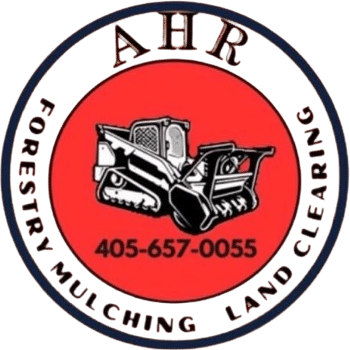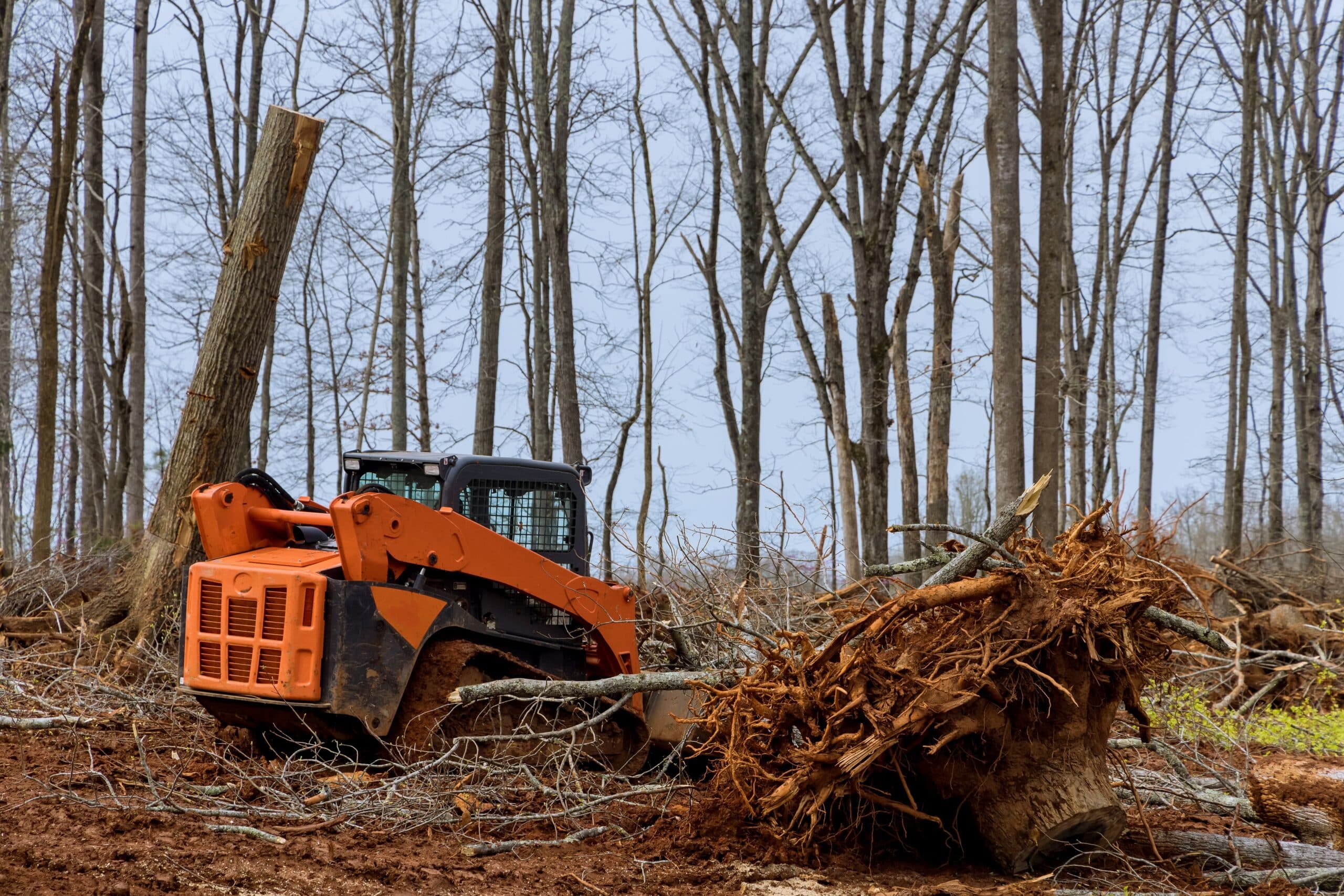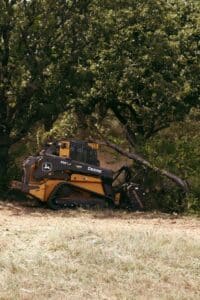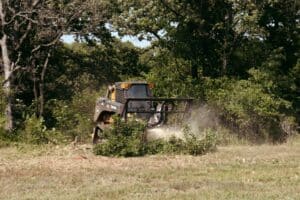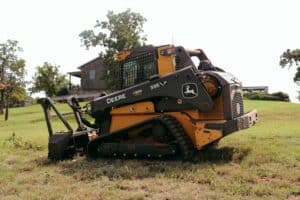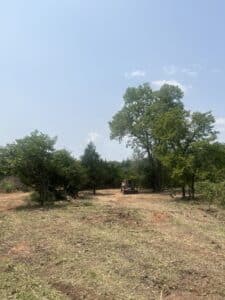Whether you are an Oklahoma landowner planning to build, reclaim pasture, or clear out invasive growth, the timing of your project plays a major role in its cost, efficiency, and environmental impact.
Our state’s seasonal climate swings from rainy springs to hot, dry summers and unpredictable, hard winter freezes. So, when is the best time to schedule land clearing, site preparation, forestry mulching, and other forestry services? The team at AHR Land Clearing & Forestry Mulching has the answers.
Why Timing Matters for Land Clearing and Forestry Projects
Clearing a property isn’t just about removing trees and brush. The process prepares your land so you can use it effectively and avoid costly problems later. The right timing can mean firmer soil for heavy equipment, lower risk of erosion, and fewer delays caused by weather.
Timing also affects how vegetation responds after clearing. For example, waiting until plants are dormant makes brush removal faster and helps prevent aggressive regrowth. Choosing the wrong season can result in repeated work, muddy access roads, and higher costs.
How Oklahoma’s Seasons Can Affect Your Project
Because Oklahoma has four distinct seasons, your land clearing project schedule should match your goals. Here’s what you can expect throughout the year.
Winter: Clear Views and Firm Ground
Winter offers one of the best windows for many major land development projects. Vegetation is dormant, which makes forestry mulching and timber harvesting highly efficient. Operators can see clearly through leafless trees. Frozen or dry semi-frozen ground reduces rutting from equipment. This is also the perfect time for basal bark or cut-stump herbicide treatments as part of long-term vegetation management.
But keep in mind that our Oklahoma winters are unpredictable. Freeze–thaw cycles can create muddy conditions in the afternoons, and ice storms can significantly delay work. Still, for many property owners, winter strikes the ideal balance between productivity and minimal impact.
Spring: Wet Weather and Rapid Regrowth
Spring brings longer days and milder temperatures, but it’s also the wettest season of the year. Frequent rains create soft, muddy soils, which can cause ruts and compaction if heavy machinery is used too soon. In addition, late spring is peak nesting season for many birds, and you could face compliance measures before clearing.
If spring is your only option, aim for early March before local growth really takes off. Light-impact equipment like rubber-tracked mulchers can still be used effectively. Be prepared to follow up with herbicide or mowing later in the season to control regrowth.
Summer: Productive but Hot and Dry
Summer brings long days and firm soil, making it a good time for large-scale site preparation and rough grading. This is also the prime season for foliar herbicide applications as part of a comprehensive vegetation management plan.
However, our often-extreme Oklahoma heat can slow productivity and raise safety concerns for crews. Fire danger also increases, especially in central and western parts of the state, so plan for extra precautions like spark arrestors and water tanks. Summer projects can be successful, but they require careful planning for dust, hydration, and fire prevention.
Fall: The Gold Standard for Land Development
We consider fall as the best time of year for land development and major clearing projects. The weather is cooler and more stable, and soils are typically dry enough to support heavy equipment without excessive compaction. Growth slows down, making brush removal and forestry mulching more efficient. There’s also time remaining to seed disturbed areas with cool-season grasses for erosion control.
Contractor schedules fill quickly during this season, so it’s best to book your project several months in advance to secure your preferred timing.
Matching Your Goals to the Right Season
Each project is unique. If your goal involves creating a clean, open view, schedule forestry mulching in late summer or early fall. If you need to prepare a site for construction, fall is ideal for land clearing that includes grading and drainage work, with winter as a good secondary window.
Late fall through winter is perfect for timber harvesting because trees are dormant, reducing damage and preserving wood quality.
Work With the Experienced Oklahoma Team at AHR Land Clearing & Forestry
Choosing the best time for your project is only half the battle. You also need the right local professional partner. AHR Land Clearing & Forestry Mulching has years of experience working with Oklahoma soils, weather patterns, and vegetation types. Our skilled operators use modern specialized equipment for efficient, eco-friendly results, whether you need land clearing, brush removal, or full-scale land development.
Don’t let the wrong timing slow down your plans. Schedule your project during the season that sets you up for success. Call AHR Land Clearing & Forestry Mulching at (405) 451-4896 or contact us online to discuss your goals and get a free estimate.
Whether you’re reclaiming a pasture, preparing a home site, or managing timber, our team can help you make the most of your Oklahoma property.
